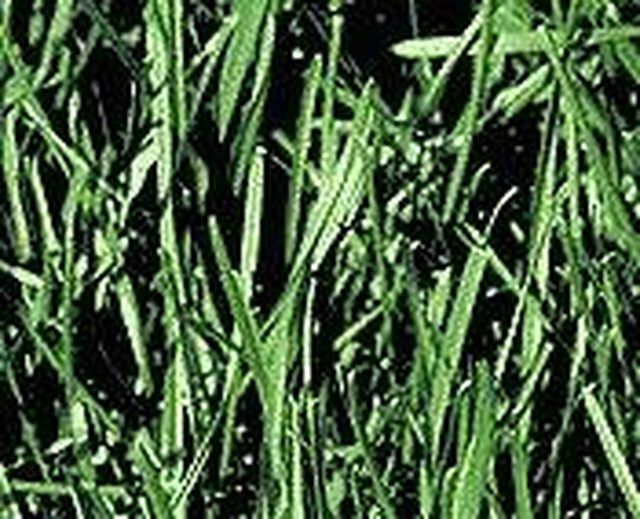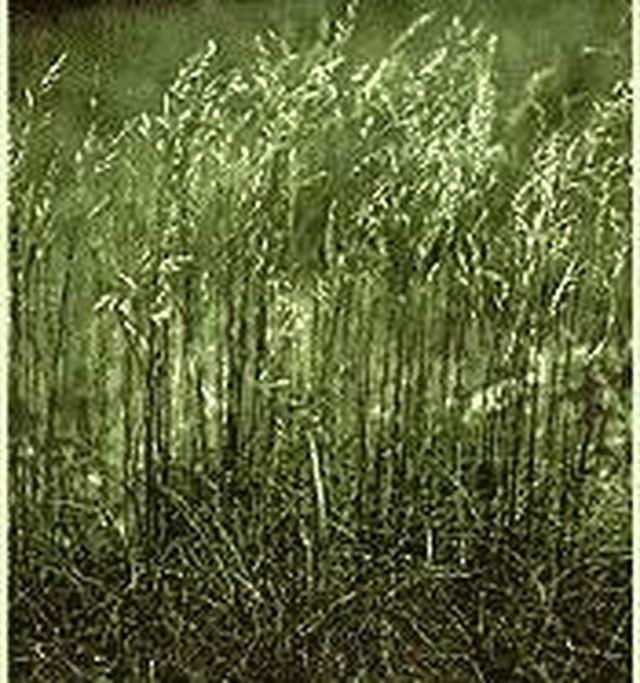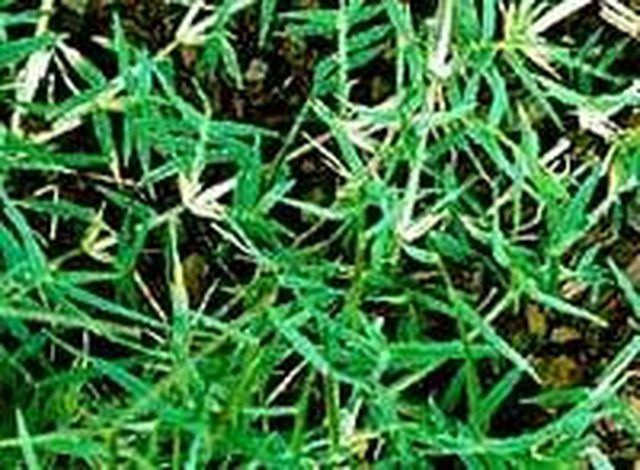Bulbs
Flower Basics
Flower Beds & Specialty Gardens
Flower Garden
Garden Furniture
Garden Gnomes
Garden Seeds
Garden Sheds
Garden Statues
Garden Tools & Supplies
Gardening Basics
Green & Organic
Groundcovers & Vines
Growing Annuals
Growing Basil
Growing Beans
Growing Berries
Growing Blueberries
Growing Cactus
Growing Corn
Growing Cotton
Growing Edibles
Growing Flowers
Growing Garlic
Growing Grapes
Growing Grass
Growing Herbs
Growing Jasmine
Growing Mint
Growing Mushrooms
Orchids
Growing Peanuts
Growing Perennials
Growing Plants
Growing Rosemary
Growing Roses
Growing Strawberries
Growing Sunflowers
Growing Thyme
Growing Tomatoes
Growing Tulips
Growing Vegetables
Herb Basics
Herb Garden
Indoor Growing
Landscaping Basics
Landscaping Patios
Landscaping Plants
Landscaping Shrubs
Landscaping Trees
Landscaping Walks & Pathways
Lawn Basics
Lawn Maintenance
Lawn Mowers
Lawn Ornaments
Lawn Planting
Lawn Tools
Outdoor Growing
Overall Landscape Planning
Pests, Weeds & Problems
Plant Basics
Rock Garden
Rose Garden
Shrubs
Soil
Specialty Gardens
Trees
Vegetable Garden
Yard Maintenance
How Tall Does Grass Grow Before Folding Over?
How Tall Does Grass Grow Before Folding Over?. Most people take grass for granted. It is everywhere, and from a distance it all looks just about the same. But different grasses grow to a different height, which means some have to be mowed more frequently than others, and mowed back to a different height as well. Add to that the fact that not all...

Most people take grass for granted. It is everywhere, and from a distance it all looks just about the same. But different grasses grow to a different height, which means some have to be mowed more frequently than others, and mowed back to a different height as well. Add to that the fact that not all grass will grow in all the different areas, and you have a lot to think about when choosing simple grass.
Types
Most grasses will grow to between 18 to 24 inches before it folds over; however, there are creeping varieties that stay short, do not bend over at all and do not need to be mowed.
Tall growing grasses include Kentucky Bluegrass, which should be cut to 1.5 to 2.5 inches; Red Fescue, which should be cut back to about 3 inches; Rye and Zoysia grass, as low as 1. 5 inches; Bahiagrass needs to be mowed to a height of 2 to 4 inches; Bermuda grass can be cut as low as 1/8 of an inch; Buffalo grass should be cut to about 2 to 3 inches in height; Centipede grass will grow to a medium height, lower than the 18 inches, but taller than the short grasses. It should not be cut lower than 2 inches.
Short grasses include Creeping Fescue, Carpet grass and grasses that grow so low they are called "no-mow" grasses.

Features
Bluegrass will go dormant, but not die off in extreme hot or cold weather. It does not like shady areas. Red Fescue is hardy and can take cold weather. Rye grass grows well where it gets neither too hot or too cold. Thermal Blue is a new variety of Blue grass that can grow in the hotter climates. Zoysia grass is good for homes by the seashore because it can tolerated the saltwater. Bermuda grass has many different varieties, some love the heat and some the cold. Buffalo grass does not have a root system and can easily be removed from where it is not wanted. Carpet grass grows best in wet, sandy soil. Centipede grass looks good and does not need a lot of care.
Function
Grass does more than give a good appearance to a home, and can help prevent erosion as well. The no-mow grasses do an especially good job of preventing erosion, because they can be planted on slopes where other grasses will not grow.

Geography
Not all grasses will grow just anywhere. There are some that will die off in cold weather and not come back. And those that cannot take heat.
Grass choices for the parts of the country with cold winters and warm to hot summers are Blue grass, Red Fescue and
Rye grass.
In parts of the country with hot summers and mild winters, the choice for grasses are Bahia, Bermuda, Buffalo, Carpet and Centipede.

Considerations
How high a grass will grow before folding over is one thing to take into consideration when picking the right type of grass for you. It makes a difference in how frequently it will need to be mowed, and that is a big consideration for many homeowners. The types that do not grow too tall are the perfect answer for those who do not have the time or the money to frequently mow their lawns.